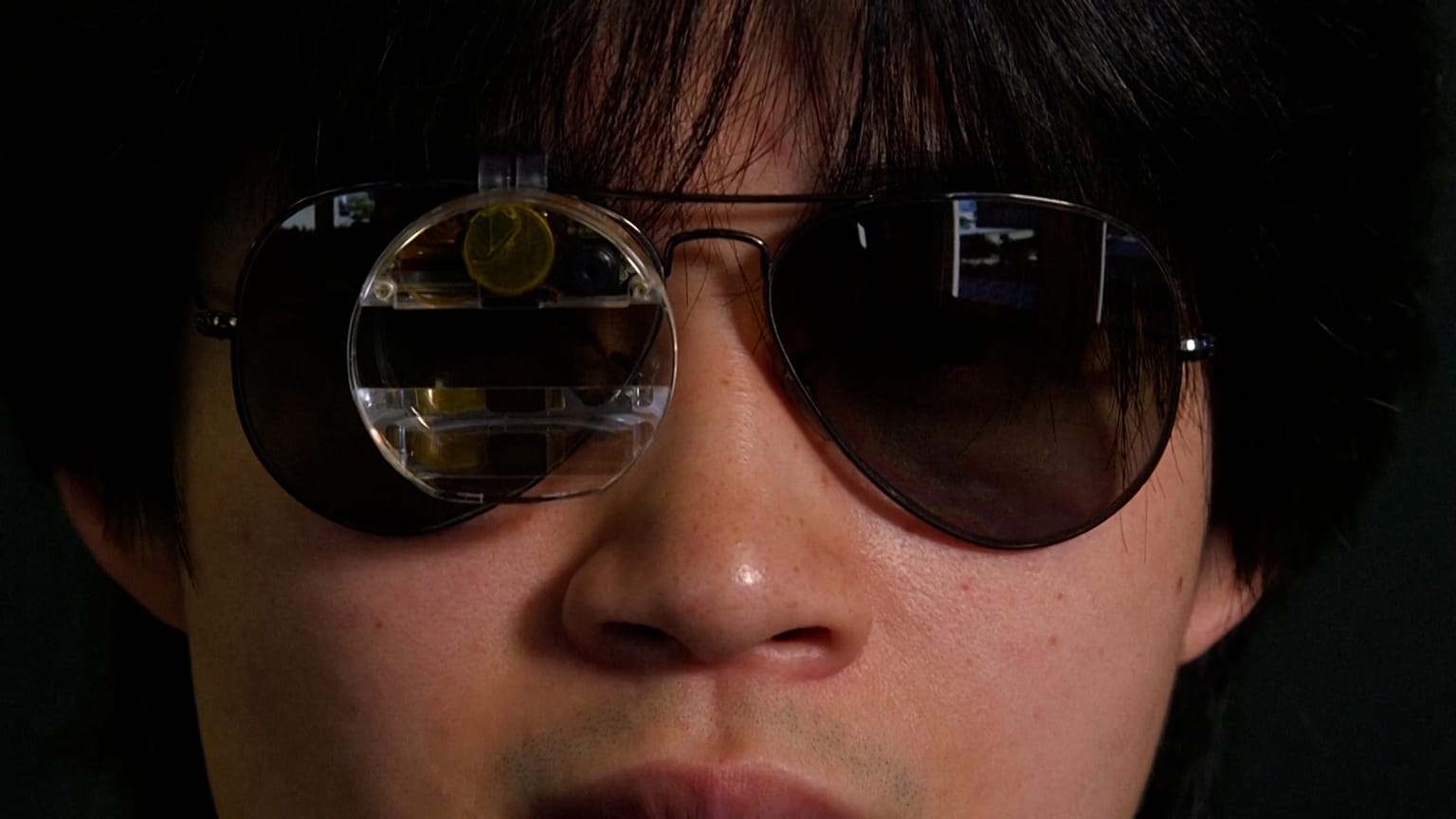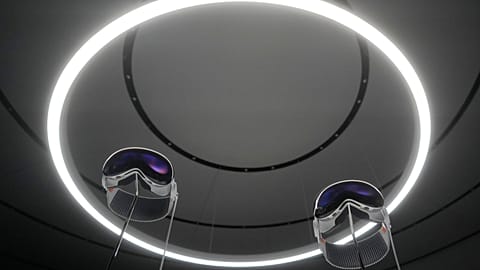Student Brian Chiang built his innovative software, RizzGPT, using OpenAI's ChatGPT combined with an open source augmented reality monocle from Brilliant Labs.
If you’ve ever felt lost for words at a party, an interview or even on a date, 22-year-old Bryan Chiang may have just the thing for you.
That is, of course, if you don’t mind your conversation coming off a little stilted while wearing a piece of headgear giving a strong mad scientist effect.
It’s an early prototype, after all.
In March, Stanford University student Chiang, gathered a group of friends to his dormitory to code a software over a few hours on a Saturday.
Armed with an augmented reality (AR) eyepiece and a laptop, the group produced RizzGPT, a software that uses OpenAI's ChatGPT, the much lauded chatbot that can generate human-like conversation from user prompts.
“RizzGPT basically uses AI to provide you charisma on demand, and so it listens to your current ongoing conversation, and it tells you exactly what to say next,” said Chiang.
The open source AR monocle Chiang used was designed by Brilliant Labs and features a camera, microphone and internal projector screen which displays words.
Chiang and his friends coded RizzGPT to monitor conversations using the mic, transform them into text and relay them to ChatGPT over WiFi to generate a response.
Chiang is quick to stress that his contraption is only a prototype. He still has to grapple with bugs that can make the text difficult to read and the 5-second time delay that can make your “charismatic” responses feel a little awkward.
In any case, his main impetus for creating the device was experimentation not commercialisation.
“It's mostly like a passion, a personal kind of project. And the goal here is not to kind of immediately commercialise it into a product, but just to show people what the future might look like,” Chiang explained.
RizzGPT is not intended to replace conversation, according to Chiang. Rather it is a way for him to show people new ways of interacting with rapidly advancing technology.
“You're seeing the convergence of 5G connectivity, you know, AR glasses, the hardware, the intelligence coming together to basically create a new way of interacting with these systems, a new operating system in which it's much more natural,” he said.
“It's really meant to just inspire you, not to tell you exactly what to say. I think in that role it could be incredibly helpful for people who struggle with social anxiety and have difficulties, you know, talking to others”.
For more on this story, watch the video in the media player above.


















